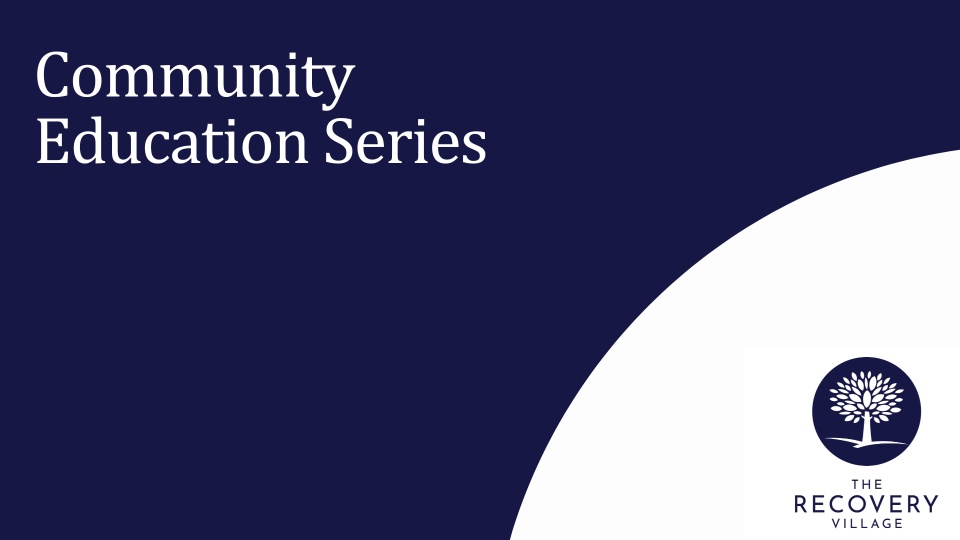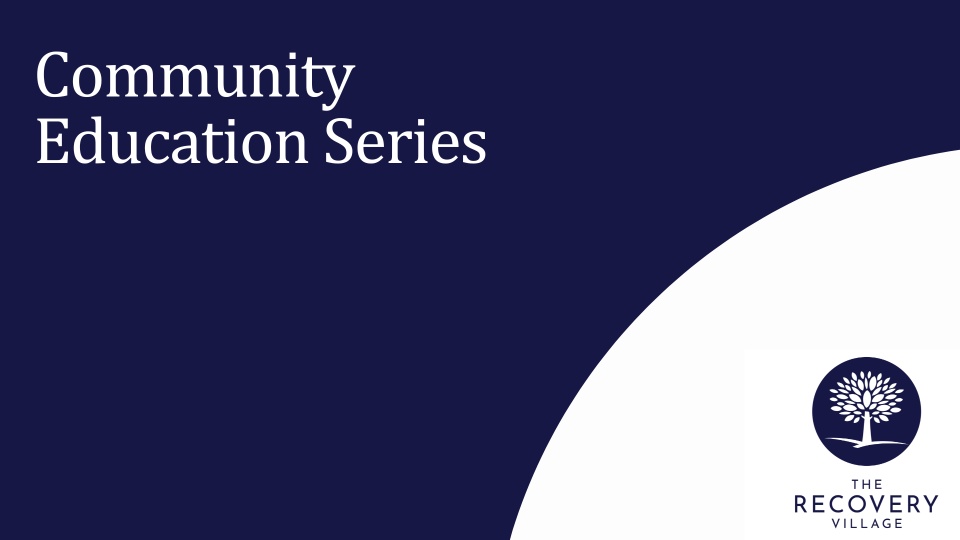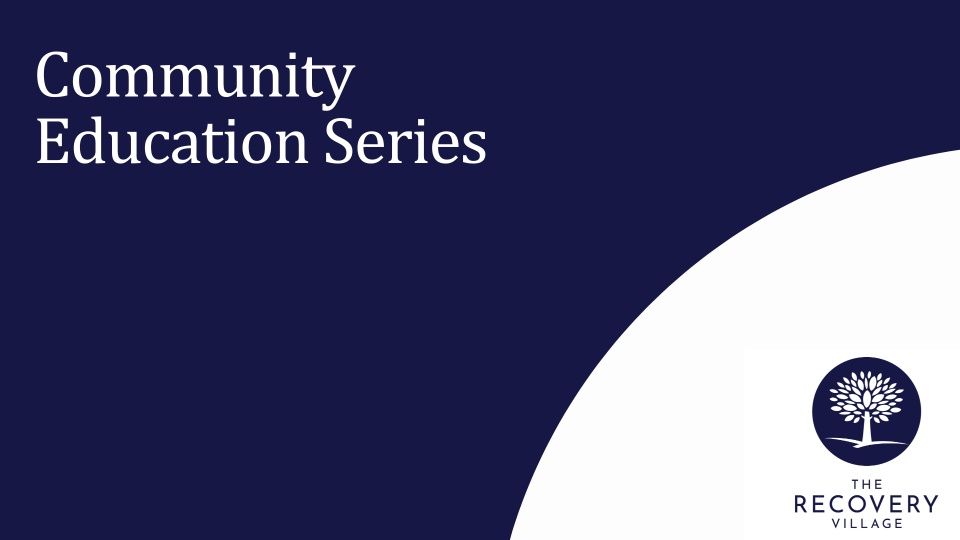It’s intimidating to talk to someone about suicide. This guide walks you through some of the steps to ask someone if they’re thinking about suicide.
Ask A Question, Save a Life: Asking the Suicide Questions
Objectives and Summary:
The presentation will take a look at the growing problem of suicide and discuss why people hesitate to intervene and hesitate to ask for help. Michael Crisanto, community outreach specialist at Advanced Recovery Systems, introduces the basics of QPR (question, persuade, refer) and explains the importance of suicide awareness and how to address the issue with a loved one or friend.
After watching this presentation, the viewer will be able to:
- Recognize the impact suicide has on people across America and risk factors
- Understand the stigma surrounding suicide and talking about mental health
- Know how to recognize warning signs, broach the subject of suicide and get their friend or loved one help









